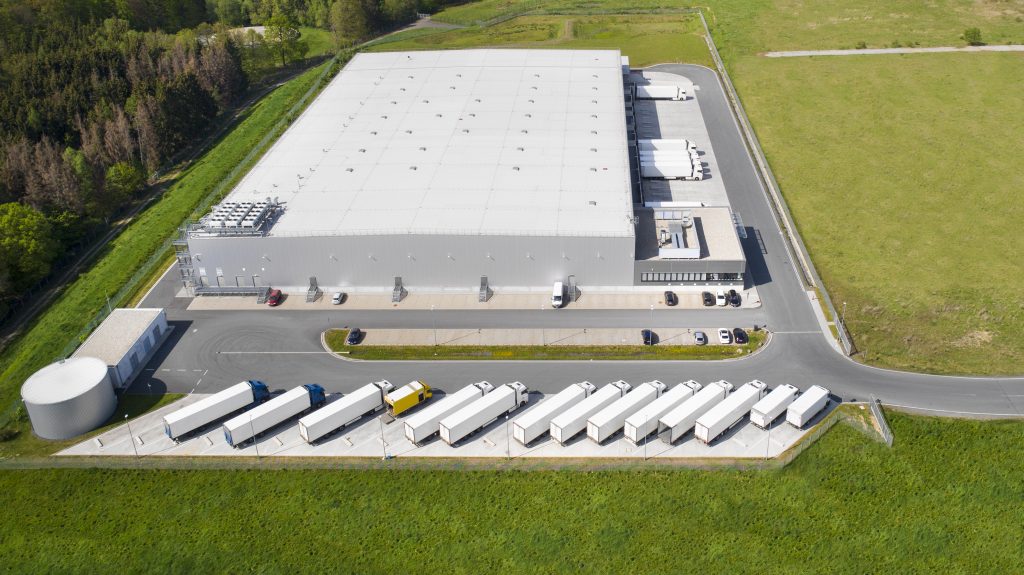COVID-19 has triggered side effects for global and local economies, many of which are still unfolding. No matter what industry you work in, the only true constant, ironically, is that we’re in a period of immense change. Most experts will tell you that the economy has been on the precipice of change for some time, gradually progressing towards the next major shift that occurs as part of the business world’s natural ebb and flow. What the pandemic has offered us is essentially a launchpad into this next phase. We have been propelled onto a new frontier before we could really make out what the terrain looked like, and now we must figure things out as we go along. We’re calling this in-between environment the liminal space.
What is the liminal space? At its core, it signifies a crossing-over or transition, as well as the disorientation associated with not fully belonging in the space one occupies. With so much unknown or up in the air across nearly every industry, it certainly feels like we’re operating in a liminal space. The only clear thing is that we aren’t returning to a pre-COVID business world. We sat down with Jake Stefan, President of ARCO Design/Build, BTS to discuss the effects of being thrust into the liminal space and what this looks like for industrial development.
Just-in-Time Construction
Before the virus took hold, the concept of just-in-time construction was king. We discussed this on Season 1 of AEC Marketing for Principals with Stefan– how production input is determined directly by actual demand. This lean manufacturing approach eliminates inventory waste caused by over-estimating and over-ordering building materials needed on a job site– reducing costs as well as safety hazards. When COVID-19 hit, the “just-in-time” philosophy starting shifted to a “just-in-case” philosophy. With a limit on supply imports and material shortages rising, the finely tuned system was revealing its flaws. “COVID exposed the weakness of just-in-time delivery, which is flexibility,” said Stefan. This wasn’t just true for design and construction, but also product delivery.
Just-in-Time Delivery
Just as industrial facilities would only manufacture and stock the exact amount of construction materials they needed at a given time, distribution giants are applying the same approach to product delivery. It is likely the only way companies can keep up with the public demand for goods being delivered to residential homes at staggering frequency. Big data (i.e., Amazon knowing what type of products you buy, how often, etc.) allows for distribution centers to stock items according to current demand rather than in excess. The problem with big data, as Stefan describes, is that it cannot account for things that have never happened. There was no way to predict that consumers would suddenly be buying in bulk ten times what they usually would. So, manufacturers and warehouses that could previously only produce and store the number of items to satisfy normal ordering trends now must rethink their business models: how do they efficiently increase stock, maximize ordering, and manage mass distribution?
Every Resident is Now a Distribution Point
It’s true – almost every household now places as many online delivery orders as an entire neighborhood would have previously. One of the most obvious responses to this is mass hiring by distribution centers like Amazon, FedEx, and UPS as they try to determine how to address this need. Beyond this immediate need, though, is a more systematic solution that can help ease the burden in the long-term.
- Automation – the pandemic has made automation look ideal and much more flexible. Food and beverage, storage, and cold environment industries are already incorporating some form of automation into their facilities. Conveyors, moving rack systems, forklifts, and cranes are all capable of operating without humans pulling the strings. Having fewer people on-site saves money and maintains social distancing practices.
- Vertical Distribution Centers – two or multi-story facilities will most certainly be a part of our future. These types of buildings are extremely expensive to build and operate, but the cost of land in metropolitan areas – where distribution centers need to be to accommodate consumers – is even higher. The U.S. buying habits of the average U.S. consumer will dictate how quickly we see these types of facilities.
Takeaways
So, what do we make of these imminent changes? If you work in the AEC industry, be prepared to adapt to shifting needs in everything from facility planning to design and construction to technology solutions and robotics. To hear more from an industrial Owner’s perspective, listen to episode 28 of AEC Marketing for Principals, with special guest Jake Stefan of ARCO Design/Build, BTS.




